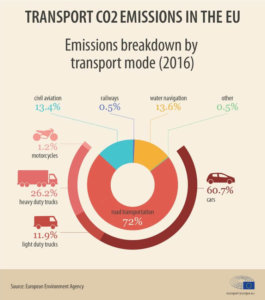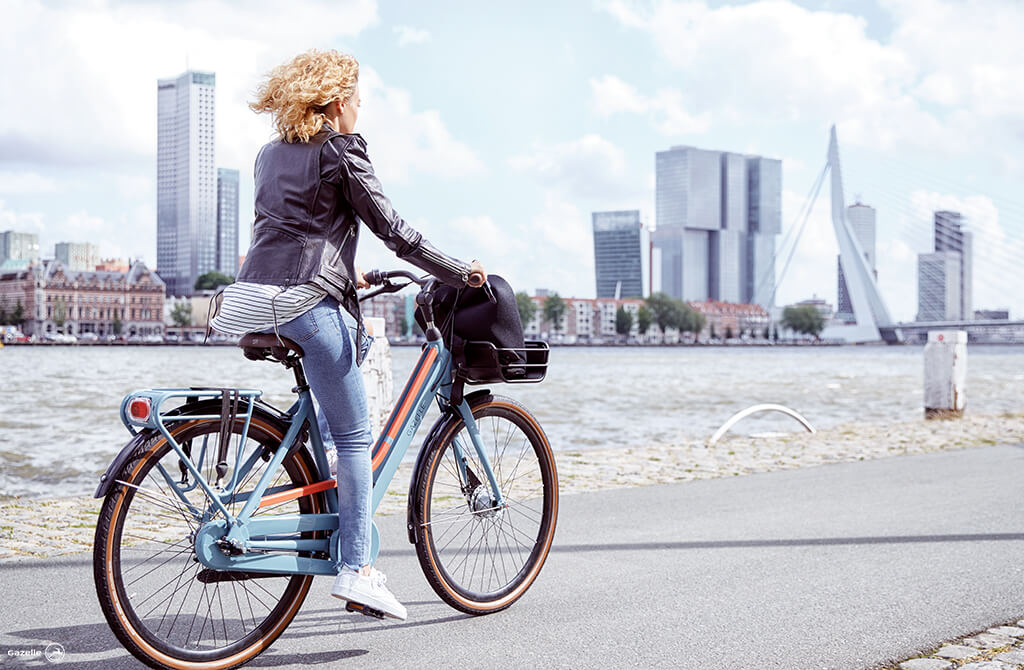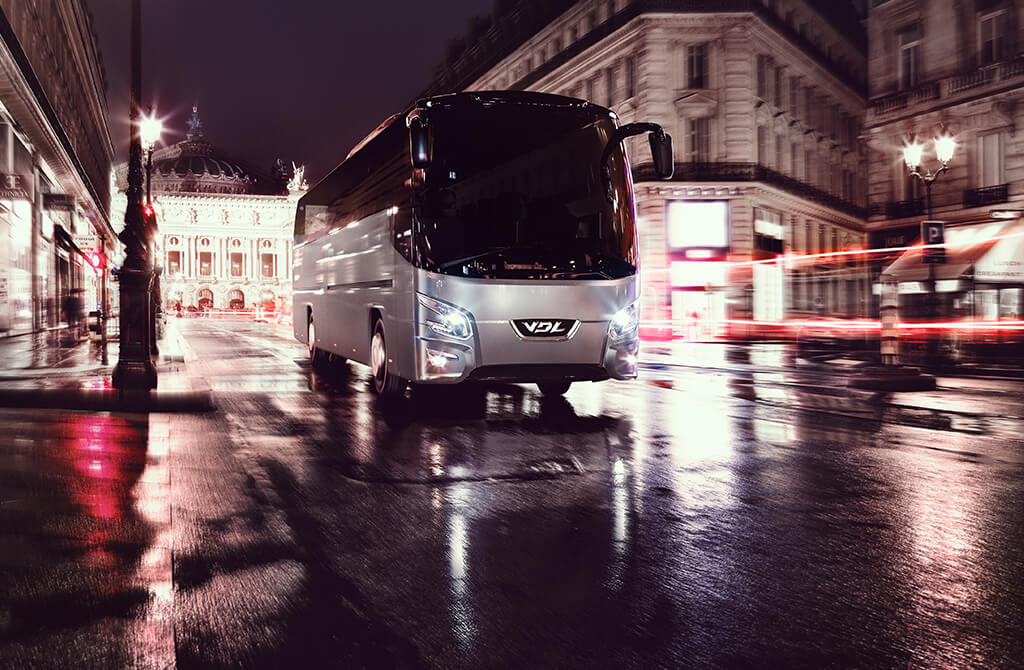The Bicycle and the Future of Mobility: What To Expect by 2030
More than 200-years after the bicycle was invented, we would argue its importance and effect on the future of mobility has never been more poised to make an impact. With global warming, urbanization and our growing car problem pushing us towards change, the bicycle is an effective and proven solution for moving forward.
For the past 30-years, MODYN has been a small part of that history, helping companies create city bikes, electric bikes, leisure bikes, cargo bikes, child seat carriers and share bikes. We have always believed in the power of bikes to promote more accessible, easy and sustainable movement in our world. Now, with a lot of experience under our belt and our gaze fixed on the future, we see the bike as one of the major drivers for change in our cities and our ability to reach global sustainability goals.

Mobility Drivers Today: Global Warming, Our Car Problem & Urbanization
Addressing the Climate Crisis
Before we dive into why the bike is so perfectly positioned to impact the Future of Mobility, we must examine what’s driving it. The first major driver is the climate crisis. At the COP26 Summit in Glasgow, member states of the United Nations Climate Change conference agreed to reach global net-zero by mid-century. A major focus is on increasing the use of net-zero vehicles (NEVs).
Impact of Road Transport
As explained by the COP26 summit, “Road transport accounts for over 10% of global greenhouse gas emissions, and the total emissions are rising faster than any other sector.” In order to meet their other major goal of limiting global warming to 1.5C degrees, doubling down on these NEV transportation methods will be imperative.
Our Car Problem
According to COP26, there are already 8.5 million zero-emission passenger vehicles worldwide. However, our car problem persists. Not only do we need more electric, net-zero cars on the road, but we also need to address the greater problems that cars cause. In the European Union, 25% of all emissions are caused by transport, with 60% of that caused by passenger cars.
Urban Pollution and Traffic
The European Environment Agency reports that 98% of city dwellers face air pollution. In the Netherlands, people spend an average of 40 hours a year in traffic jams, emitting pollutants while idling. These problems are especially impactful in urban areas and will worsen as cities grow.
Urbanization and Infrastructure Challenges
Today, 3.3 billion people live in cities. By 2030, the UNDP expects that number to climb to 5 billion — 60% of the world’s population. Urban infrastructure struggles to keep up with population growth and needs restructuring to accommodate global warming initiatives.
The Role of Bicycles in the Future of Mobility
Sustainable personal transportation vehicles, like bicycles, can have a huge impact on global warming initiatives and quality of life in cities. Future urban areas can repurpose space traditionally used for highways and car parks for green spaces and housing, leaving room for bike lanes and storage.
Innovating for a Sustainable Future
To achieve this vision, we must continue to innovate and embrace trends and technology shaping the Future of Mobility. By prioritizing sustainable transportation, we can create cities that are both environmentally friendly and livable.

Why The Bike: It Has Proven Potential
Here at MODYN, we see the bike playing a major role in modern, sustainable transportation. But we also see the future fostering some essential trends that allow the bike to become a smarter, more accessible option.
1. The Future of Mobility is Electric
By 2030, 3x more e-bikes will be sold than passenger cars. Electric bikes are the future — transforming not only personal transportation and commutes, but last-mile delivery.
There are some things we already know — like that electric bikes have been great equalizers, allowing women and the elderly to travel further and more freely. But, their power is also being leveraged for more diverse transportation needs, like last-mile delivery, bringing everything from groceries to goods from brick and mortar stores and warehouses directly to consumers’ homes. Today, e-bikes are even used to transport other essential forms of micro-mobility, like e-scooters, between locations. What’s evident is that the ways we are using the e-bike today will only become more important and common in the future.

According to the European Cyclists Federation:
- In 2019 Dutch women made 85% more e-bike trips than men
- In 2019, women drove 14% more km than men
- 80% of the e-bikes sold in NL are to people who are over 50 years
- From 2010-2017, people aged 70+ drove 33% more km on e-bikes
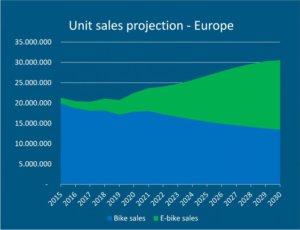
But, by 2030, the most surprising thing about the electric bike will be its shape. The e-bike is market is quite literally transforming — taking on new and exciting shapes that push your perception of the bike altogether. Not only will we have traditional e-bikes, but we will have bikes that look like scooters, mopeds and motorcycles and even e-bikes that have roofs and look like cars.
This imperative adaption is what’s going to make the e-bike ubiquitous, giving consumers the option to choose the e-bike that makes sense for their needs. Mobility design will play a major role in this, researching and identifying consumer needs and designing for them. If mobility designers and brands can make transitioning the e-bike as comfortable as possible, we can get closer to realizing net-zero goals.
However, in the future, we will also have to have a better battery recycling solution. As of 2020, only 5% of batteries are recycled, with finite minerals for creating new batteries in the first place. For the e-bike (and the rest of mobility electrification) to work, we will need to have a sustainable recycling plan.
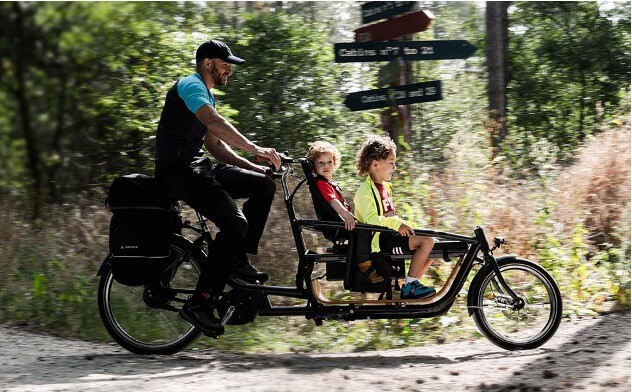
2. The Future of Mobility is Sharing
Share bikes, scooters and ridesharing aren’t just a trend, they’re the growing future of mobility. Right now, these mobility solutions are already being used by commuters, city-dwellers and travelers not only to get around town but to connect to public transit. But, there’s still a lot more adoption to be done.
At the moment, a ‘superuser’ is considered someone who has used at least three modes of shared transport (car sharing, bike sharing, scooter sharing etc.) in the last three months. But if share mobility is to become mainstream and totally integrated, we’ll need people to design solutions that allow people to use them much more often.
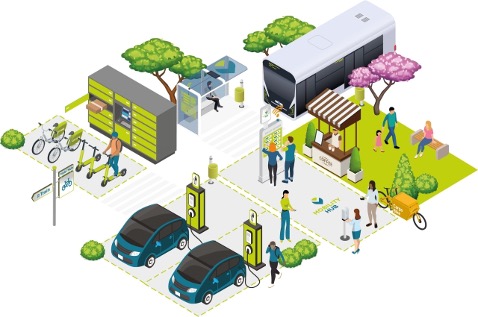
Creating Accessible Share Mobility Networks
To achieve that and get people to actually give up their cars so we can make more space in our cities, we will have to create accessible and extensive share mobility networks that allow people to seamlessly commute from home to work, get around town to run errands and travel.
Designing for Real Needs
This not only requires erecting bike sharing hubs in locations where they’re most central but creating space that is multi-functional and gives people options. To do this, we need to create convenience — like adding grocery stores to mobility hubs and providing e-cargo bikes for parents who need to transport children and those groceries. By designing solutions for people’s real needs and challenges, we give them the incentive to ditch their cars and switch to sustainable sharing models.
Seamless Integration
What’s more, the entire process of hiring a share bike (or any shared transport) needs to be seamless. Intertwining the digital and physical experience, finding the bike needs to be easy, as does unlocking it, riding it and returning it. But, more than just ease of use, seamless integration is imperative to real integration in consumers’ lives.
Proving Value and Convenience
Up until now, people have been used to owning their own products and having autonomy. If we’re going to ask them to share, we need to prove it’s not only easy but a valuable experience. There’s a lot we can learn from Gen Z, the generation who believes experiences provide more value than just owning a product in itself. Creating a seamless process for them and future generations who will share the same values is also important for the future of sharing.
Why Bikes Are Best Positioned
So why is the bike best positioned for the future of sharing? Well, it’s sheer accessibility. Many people know how to ride bikes, and they’re generally safe. Plus, e-bikes level the playing field, allowing people to travel easier and go further. What’s more, like we mentioned above, the bike will continue to change shape, adapting to people’s needs. Students can hop on a simple city bike, parents can grab cargo bikes, and one day, commuters can hop into covered e-bikes.
Limitations of Scooters and Cars
The scooter, while small and agile, doesn’t provide the same sense of safety or flexibility. And if we’re already trying to move away from cars — especially in our urban centers — our reliance on the shared car will need to be much more limited. The share bike is going to be the mobility solution that helps us transform our cities and achieve our sustainability goals.
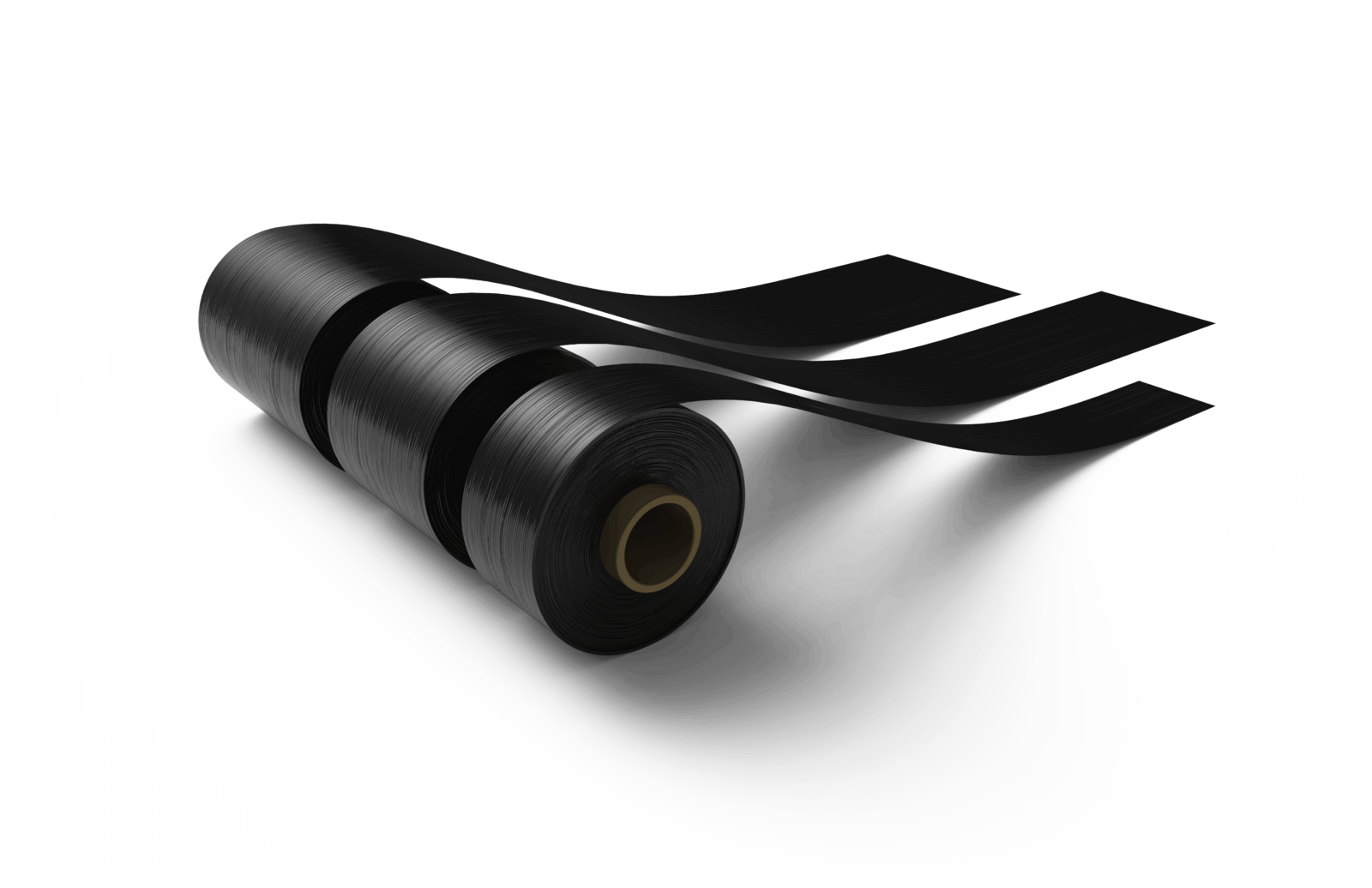
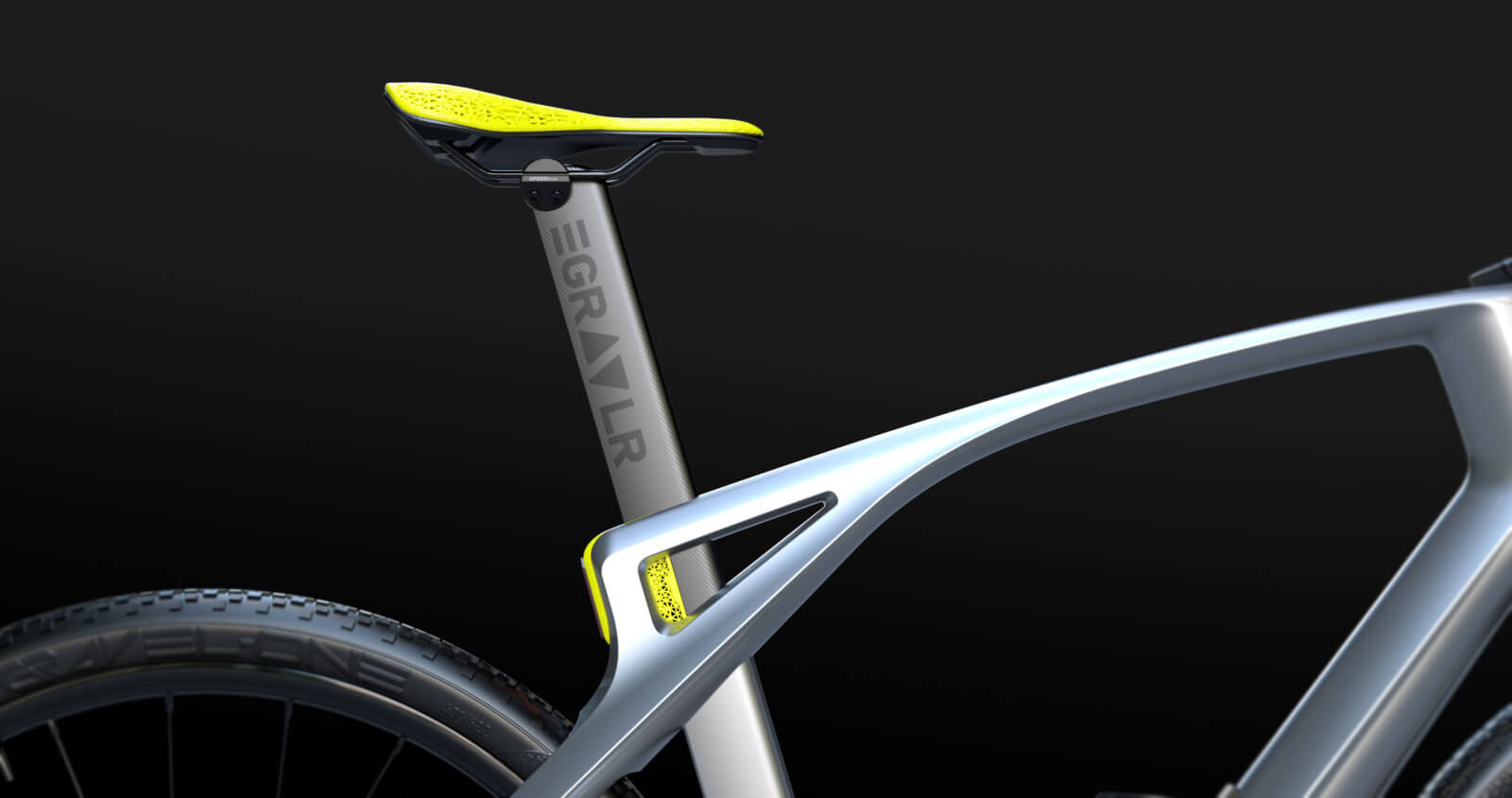
3. The Future of Mobility is Local
Over the past two years, the pandemic only highlighted existing problems in the bike supply chain, like lack of scalability and sustainability. But with growing demand, global supply chains were already under pressure, and in the future, we will close the gap by bringing production much closer to the end customer.
The bike supply chain is under pressure.
- Demand for e-bikes is increasing worldwide
- Lockdowns in Asia certainly play a role
- Manufacturers cannot easily scale up
- Focus on cost and efficiency
- New production techniques in Europe
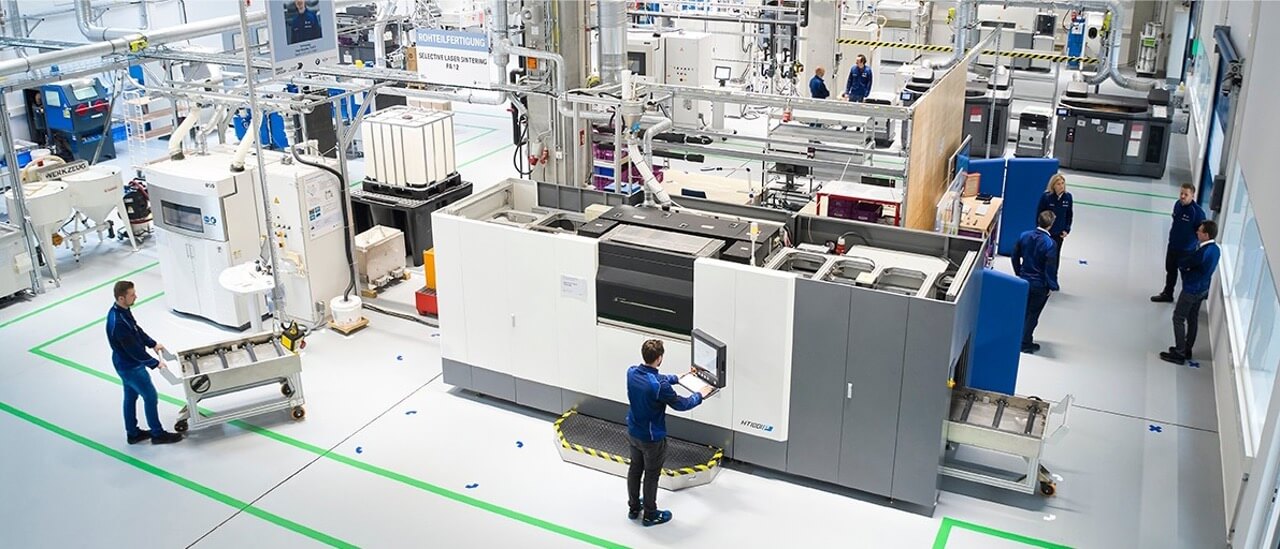

Bikes are also a prime example of how local production can have a positive impact on everything from sustainability to jobs. Today, many bikes are produced abroad in Asia, largely using unstainable aluminum mining that has an immense carbon footprint. In fact, what many people don’t know is that the mining of aluminum has a huge impact on the environment — from disrupting ecosystems to the pollution that comes from dig sites.
You also have to consider all the factors that go into manufacturing, from the excavation equipment to the trains, long-haul trucks, cargo ships, and oil tankers that move the raw material to processing plants. Plus, there’s the condition of the workers who make the bikes to consider, too. And while aluminum is recyclable, a huge amount of energy goes into creating it in the first place.
This is a problem innovative companies have already been exploring — working on bringing production to their consumer’s backyards by leveraging additive manufacturing technologies.

4. The Future of Mobility is Smart
Enhanced Connectivity for Bikes
If you think we’re well connected now, just wait for the future. Bikes, especially share bikes, will need smart integrations. Apps will allow riders to easily find, book, and return bikes as they do now. But they’ll also have to do better. Integrations with local public transportation apps will enable more seamless use. A general marketplace where riders can choose from available options in an area without switching between apps will be ideal.
Improved Maintenance and Tracking
Apps that let users request fixes or report damaged bikes will be crucial. This is essential for companies that lease bikes and want to maintain a healthy fleet. Additionally, advanced technology will be needed for bike-sharing companies to track and distribute bikes efficiently to meet consumer needs.
The Role of 5G in Smart Mobility
One of the most exciting smart innovations of the future is the integration of 5G. This network will power not only our cellphones but also smart cars, especially those with autonomous driving capabilities. A smart car could detect the signal from your bike, helping the car identify and avoid it. Future technology like this can make our roads safer, encourage bike use, and integrate bikes more seamlessly.
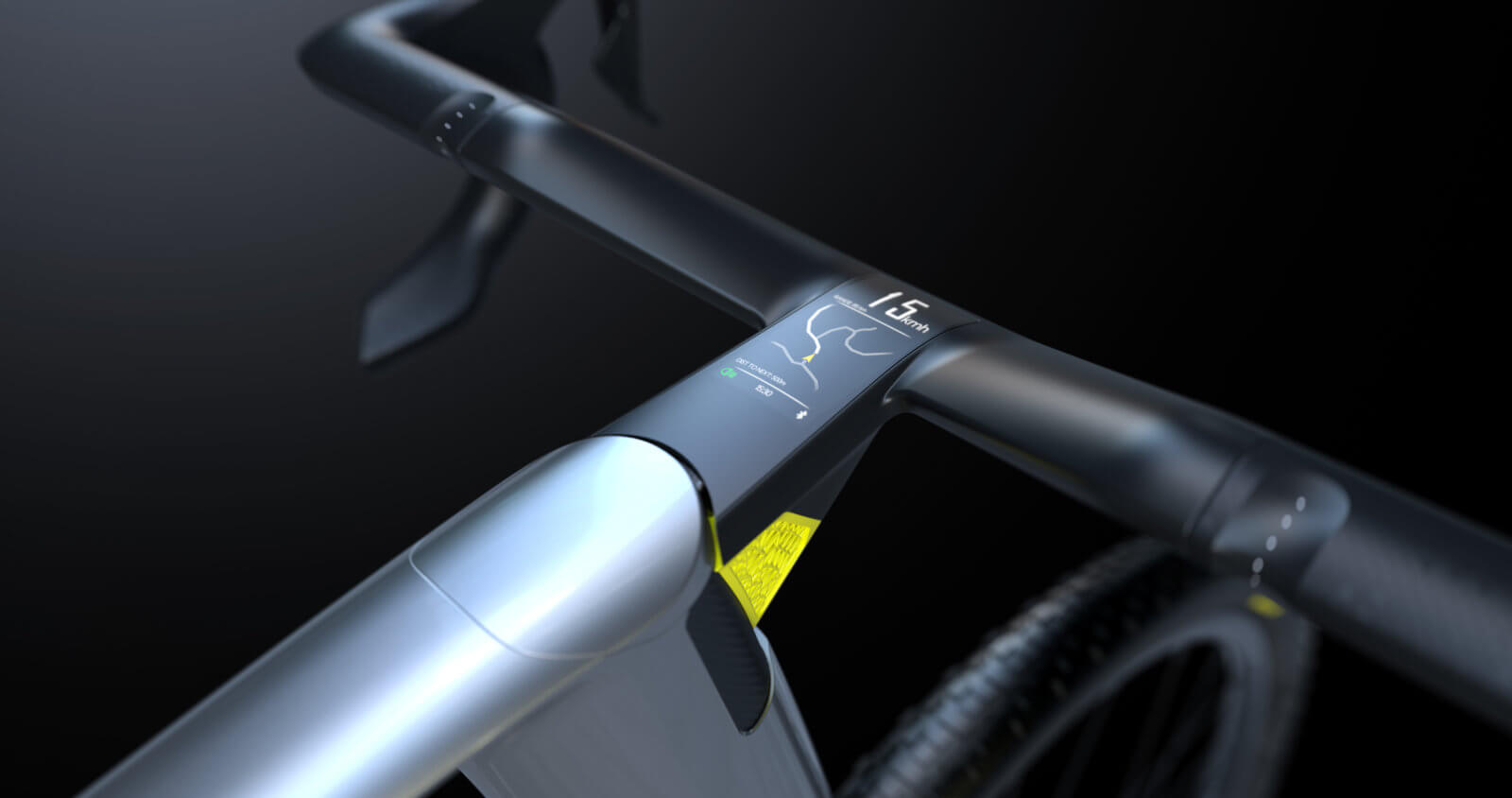
As we touched on above, this smarter future is also key to user experience. Gen Z is already focused on the experience a product can provide, but if we’re ever going to win over other consumers, we need to make the process as easy and pleasurable as possible. Smart integrations are one of the biggest factors in that. But, we also think of a real and attainable one. We’re already seeing this technology being integrated alongside bikes today, and in the future, this will only become smarter and more embedded.

Want to discuss the future of the bicycle further?
Not only do we have a great outlook on the future, but a rich, 30-year history of bicycle design. Let’s talk about what we can create, together. Get in touch with our Managing Director Gert-Jan directly to discuss at gert-jan@modyn.com
